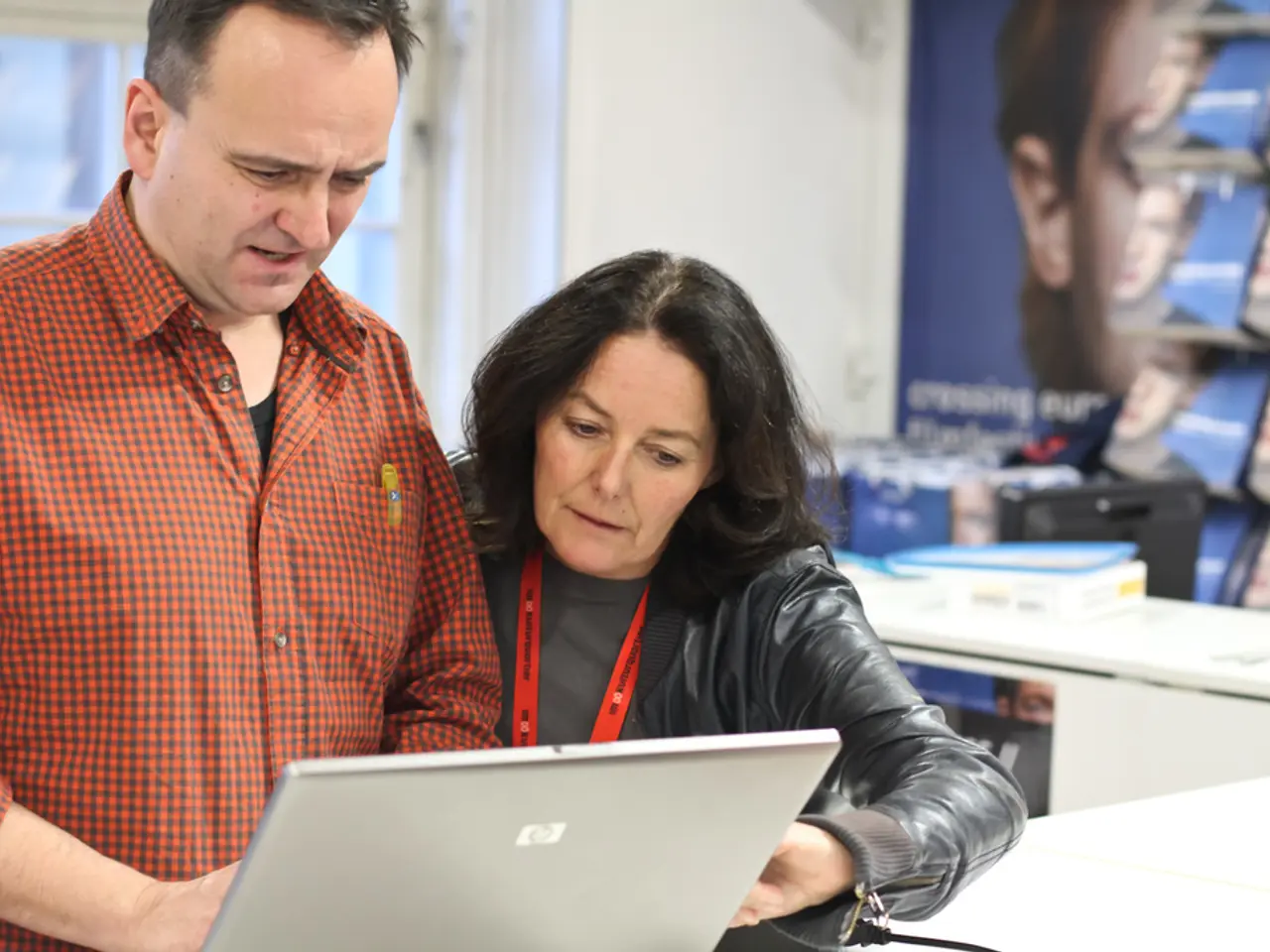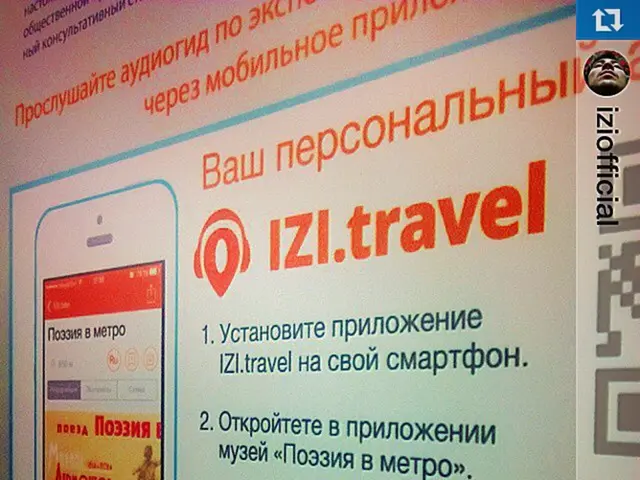Accessibility in design plays a crucial role in bringing the unbanked and disconnected population of Nigeria into the banking system.
In the bustling heart of Nigeria, a digital revolution is underway. However, not everyone is able to fully participate in this transformation due to barriers such as language, accessibility, and connectivity.
One of the major challenges faced by many Nigerians is the lack of digital platforms that cater to the country's diverse languages. English is not the mother tongue for the majority of Nigerians, and this often causes difficulties for users who do not speak the language fluently.
Another hurdle is the Micro Pension Plan for the informal business sector, which makes up 76.7% of Nigeria's workforce. Due to bottlenecks in the existing financial systems, this plan remains inaccessible to most employers and employees. This presents an opportunity for tech innovators to develop solutions to digitalise the Micro Pension Plan and make it more user-friendly.
In rural areas, many individuals still rely on non-smart phones, yet most digital services prioritize only smartphone users. This leaves a large portion of the population unable to access essential digital services.
To address these issues, digital platforms in Nigeria can improve inclusivity for diverse user groups—including those with physical disabilities, low literacy levels, and rural users with limited internet—by adopting a combination of accessible design, digital literacy programs, affordable connectivity solutions, and community-engaged strategies.
Accessible design and assistive technologies are crucial for users with physical or visual disabilities. Incorporating features such as screen readers, voice commands, text-to-speech, magnification options, and captioning can enable better interaction with digital content.
For those with low literacy levels, user interfaces with simple, intuitive navigation, icon-based instructions, and local language support can make digital platforms more accessible. Engaging community health volunteers and local leaders to localize content has proven effective, as demonstrated by maternal health apps using local dialect voice messages.
Expanding broadband and mobile internet access through public-private partnerships (PPPs) involving telecoms, banks, and tech firms can help overcome infrastructure limitations experienced by rural communities. Subsidizing data packages, deploying low-cost smartphones, and establishing rural digital centers can also help bridge the digital divide in these areas.
Implementing nationwide digital literacy programs from primary education to youth service schemes can enhance digital competencies, especially targeting underserved regions and groups. Tailored, culturally sensitive digital literacy initiatives improve uptake among older adults and populations with educational disparities.
Community engagement and cultural alignment are also key to ensuring the effective use of digital platforms. Involving community gatekeepers such as elders, women’s groups, and spiritual leaders can build trust and ownership, increasing acceptance of digital platforms.
Promoting affordable internet plans and developing locally relevant content can increase usage among low-income and rural users. Addressing barriers beyond mere connectivity such as economic constraints and content relevance is essential for ensuring equitable participation in the digital economy.
In conclusion, inclusivity necessitates integrated policies combining infrastructure investment, accessibility standards, digital education, and community-centric design to ensure equitable participation of all Nigerian users in the digital economy and society. By making digital platforms accessible, we can build a Nigeria where technology works for everyone.
Olufemi Ayandokun, a senior product designer passionate about accessibility and digital inclusion, is leading the charge in creating user-centered digital products. His work demonstrates the potential for design to bridge the digital divide and create a more inclusive digital Nigeria.
References: 1. UNDP (2020). Digital Nigeria: Bridging the Digital Divide. Retrieved from https://www.undp.org/content/undp/en/home/librarypage/country-offices/africa/nigeria/digital-nigeria-bridging-the-digital-divide.html 2. World Wide Web Consortium (2020). Web Accessibility Initiative. Retrieved from https://www.w3.org/WAI/ 3. ITU (2019). Digital Nigeria: A Vision for a Connected Nation. Retrieved from https://www.itu.int/en/ITU-D/Regions-Americas/Documents/events/ca19/Documents/Digital_Nigeria_A_Vision_for_a_Connected_Nation.pdf 4. NDIC (2020). Financial Inclusion Strategy for the Nigerian Informal Sector. Retrieved from https://www.ndic.gov.ng/ndic/uploads/files/Financial_Inclusion_Strategy_for_the_Nigerian_Informal_Sector_2020-2023.pdf 5. UNICEF (2019). Digital Literacy and Skills in Nigeria: Bridging the Gap. Retrieved from https://www.unicef.org/nigeria/Digital_Literacy_and_Skills_in_Nigeria_Bridging_the_Gap.pdf
- Startups can address the Micro Pension Plan bottleneck in Nigeria by developing technology-driven solutions that digitize and simplify the pension process, making it more accessible to informal sector employees and employers.
- To ensure that digital education and self-development opportunities are accessible to all Nigerians, regardless of their language or physical abilities, education platforms can incorporate accessible design features such as screen readers, voice commands, and local language support.
- Promoting mobile-based technology such as mobile learning apps, rural agricultural technology, and mobile finance solutions can help improve the lifestyle and economic opportunities of Nigerians in remote areas who may not have access to traditional educational or financial resources.




